The Natural Flying Mated – part 1
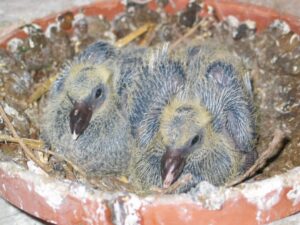 Fanciers are always seeking methods by which the pigeons may be urged to race home faster. One cannot hope to find a better method to assist in this matter than the pigeon’s own natural instinct. The first and most important consideration for pigeons are food and water. Once this has been foreseen, the next in line of importance is the desire to find a mate and breed.
Fanciers are always seeking methods by which the pigeons may be urged to race home faster. One cannot hope to find a better method to assist in this matter than the pigeon’s own natural instinct. The first and most important consideration for pigeons are food and water. Once this has been foreseen, the next in line of importance is the desire to find a mate and breed.
Fanciers have tried to make use of these instincts in attempts to improve upon the performances of their pigeons. Of the two instincts, the first, namely hunger and thirst, has proved to be an excellent instrument for use in acquiring control over one’s pigeons, whilst the second has been directed towards the improvement of race results.
Flying pigeons paired up is certainly the oldest known method of racing. Each fancier making use of this system has, by experience, developed his own system, using a number of tricks to motivate his pigeons and create the desired anxiety which will, he hopes, induce it to make a special effort to reach home in the shortest possible time. This method has its advantages and if correctly applied, certainly gives the fancier the required results. However it also requires a great deal of knowledge, experience and observation trom the fancier. The fancier who tackles this system of racing must be prepared to do a lot of paper work and keep very accurate records. This is because one cannot always be certain about the number of days a pigeon has been sitting or feeding, when sent to the race.
Pigeons are raced during the different stages of the breeding cycle starting when the pigeons are just mated, followed then by driving cocks, and pigeons sitting on eggs, or youngsters. The cycle is then repeated. The fancier who wishes to race his pigeons on this system must realize that he is starting with a long, but very interesting, study. He will succeed only after several years of patient, consciencious and observant study. The most important factor in this racing method is that each pigeon should be treated as an individual; the fancier must find out during which nesting condition the pigeon reaches its peak form and earns its best performances.
The individual attention paid to each pigeon makes it impossible to handle a large team of racers. It is altogether wrong te generalise results obtained on certain nesting conditions and therefore one cannot speak of a single condition which will guarantee better results with all pigeons. There are certain conditions which are favoured by many pigeons, yet one cannot put one’s money on a pigeon just because it is in one of one’s own favourite nesting conditions. The fancier must first find out whether the pigeon itself favours that particular condition and then make sure that it also reaches its top physical condition at the same time.
If a pigeon is sent to a race in a favoured nesting condition, but in poor physical condition, its love for its mate, nest or youngsters, or even jealousy, will drive it until it is so exhausted from fatigue, that it cannot fly any further. It is then either lost or will fly until it dies. For this reason the fancier must be sure both, that the pigeon’s physical condition is such that it can complete the race and that its mental condition will then drive it home at the fastest possible speed.
Some pigeons are very keen on the nest with fresh eggs. It is up to the fancier to discover this fact and to apply the knowledge to the best advantage. I have often found a hen sitting on hatching eggs very keen, so that by giving her more eggs to sit on, one can increase her anxiety. By removing the cock the evening before the day of basketing and allowing the hen to sit all day one can also help to bring her into the desired mental condition. If she is to be sent to a short race, it helps to take her off the eggs a few times during the day and then either to chase her out for a flip around the loft or to take her on a short toss of one or two kilometres. She will race back to the loft like a bullet and if experienced enough and in top physical condition on race day, she will do the same.
The same procedure may be followed with cocks; and if a youngster is slipped under a pigeon sitting more than fifteen days, good results may be expected. These tricks bring about a degree of anxiety in the pigeons and create a particular mental condition. I must, however, warn that, if this anxiety is driven too far, it will have an adverse effect, since one stands a chance of losiing an overkeen pigeon. I have always picked my pigeons for the coming week’s race on the previous Saturday, while waiting for my birds to return from the race.
The pigeons in the race will only be considered if they have done well and are still in peak physical condition after the race. For the next week’s race I choose only a few candidates and then endeavour to get them into the desired physical condition during the week. This is done by adjusting feeding or by increasing the amount of exercise given; the increase in exercise may be achieved either by prolonging their daily training around the loft or by tossing. It sometimes even helps to reduce the amount of exercise given, to get a pigeon into top physical condition. This is why I have emphasized the importance of individual attention.
The Natural Flying Mated – part 1 by Theunis F – Gallez Jules – Degrave Martin

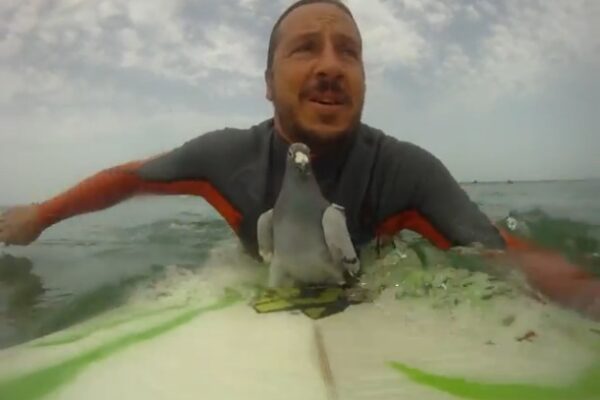
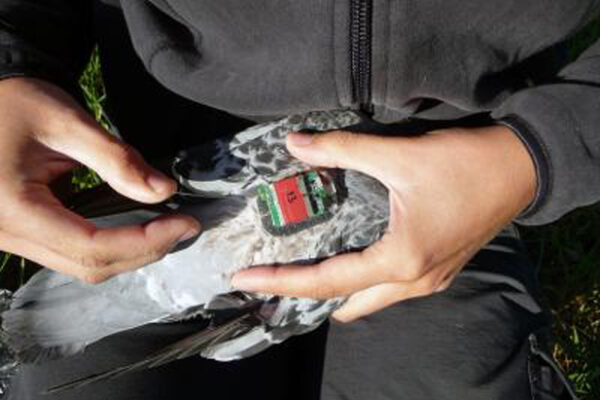
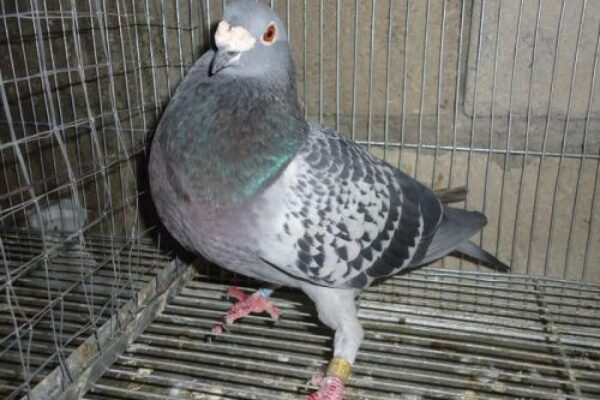
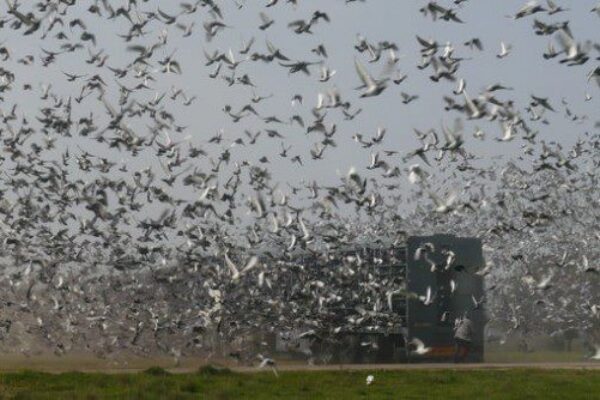
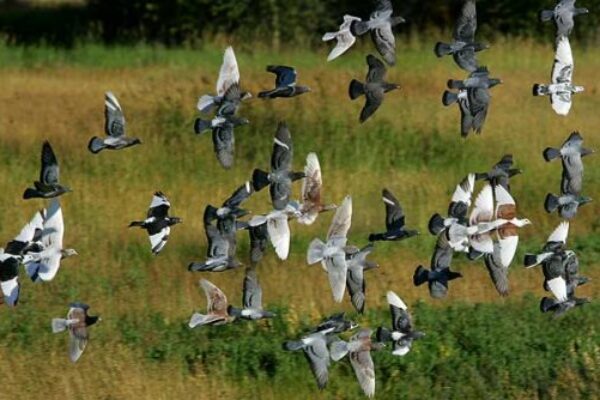



guisiera conocer cosas de palomas tener revista para competir bien en cuba en la provincia de ciego de avila
good stuff chris good tips
Hi Chris this is a good read its been some years since i read this article.